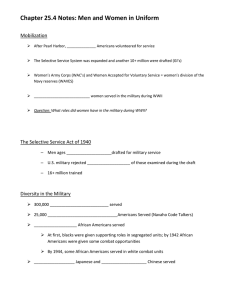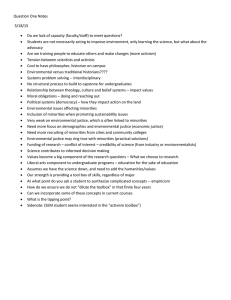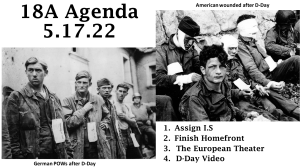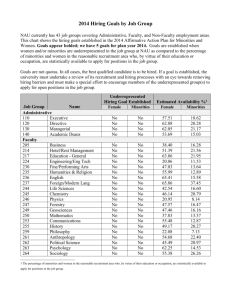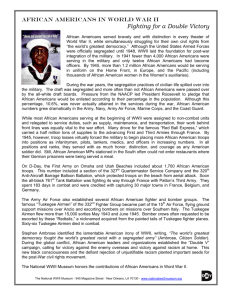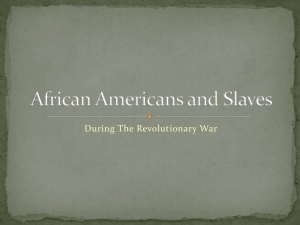Chapter 12 Lesson 1 Wartime America - Ms. Shauntee
advertisement
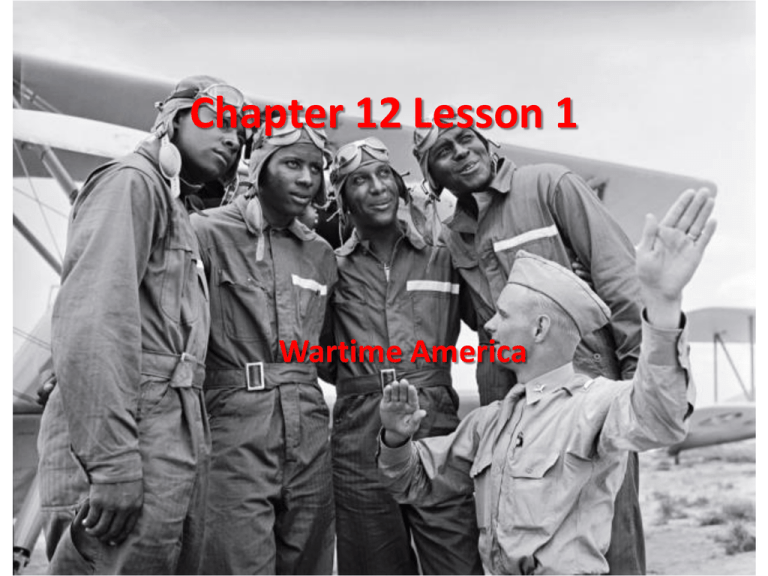
Chapter 12 Lesson 1 Wartime America Minorities in World War II • African Americans in the Military – African Americans who enlisted had separate training facilities. White officers commanded their units. Most African American soldiers were assigned to noncombat units. • The Tuskegee Airmen – The Tuskegee Airmen was comprised of African American volunteers. Minorities in World War II • Japanese Americans – The 442nd Regimental Combat Team and the 100th Infantry Battalion were comprised of Japanese American citizen volunteers. Their family members were confined to internment camps. • Hispanic Americans – Many Mexican Americans and Puerto Ricans served both on the front lines and in support services. • Native Americans – More than 30 percent of all eligible Native Americans saw battle. Native Americans were regarded as fierce warriors and, unlike other minorities, were welcomed on the front lines. Minorities in World War II • Jewish Americans – About 500,000 Jewish American served during World War II. • Women – Women were limited to clerical duties assigned to the Women’s Army Auxiliary Corps (WAAC). In 1943 the Women’s Army Corps (WAC) became part of the regular army, but women could still not serve in combat roles. Women in the Women Airforce Service Pilots (WASP) were allowed to deliver planes to different locations. Output of Military Products • War Production – War production increased as the government turned many peace-time factories over to the production of war equipment and materials. • Cost Plus – The cost-plus system gave businesses monetary incentives to produce military goods quickly. The Real Rosie • Women Workers – The government hired millions of women for clerical work during the war. • Factory Workers – War mobilization brought many women into factory jobs usually done by men and changed the perception of women as workers. “Rosie the Riveter” became the iconic image from that period.
